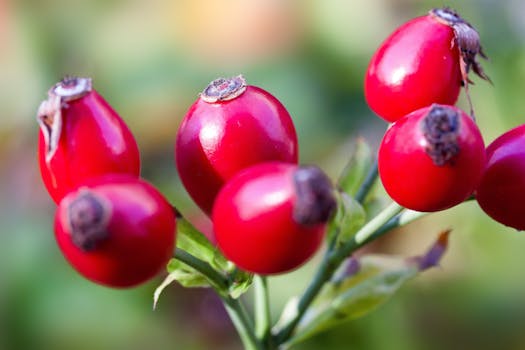For many people, a good camping trip is all about a great campfire and the gathering of family, friends, and food that come with it. Many a story’s been told and a marshmallow toasted over a roaring fire — traditions that are as beloved in backyards as they are in the bush.
Preparing food over actual logs is a time-honored tradition in camp, whether you’re grilling or cooking in foil. It’s a deeply satisfying method that fills your entire campsite with the nostalgic perfume of “campfire smell” and infuses your food with a smoky, woodsy flavor.
Start the day with these campfire blueberry skillet scones
To build a campfire that burns for hours and makes great coals, you need three types of fuel: tinder, kindling, and firewood.
Tinder is any dry material that ignites easily with only a spark, such as dried grasses, dried leaves, or forest duff.It can also include materials you bring from home, such as newspaper or dryer lint.
Kindling consists of small sticks or twigs, usually less than 1 inch in diameter, that keep the flames going after the tinder burns out.
Firewood is any larger piece of wood that feeds the fire all night long.
There are several ways to build a fire, and even variations within them. Both methods that follow have their merits, so choose the one that is simplest for you to construct.
Teepee method
Loosely pile a few handfuls of tinder in the center of the fire pit.Erect a teepee of kindling around the tinder, leaning the sticks against each other for support while allowing enough space between them for air to flow. Light the tinder inside the teepee. As the kindling catches fire, add larger pieces of wood on top.Start with smaller logs and gradually add thicker logs once you have good, strong flames.
Log cabin method
In the center of the fire pit, place two logs parallel to each other with several inches of space between them.Lay a row of kindling perpendicular to the logs to form a base, and pile plenty of tinder on top.Turn 90 degrees, and lay two logs over the ends of the kindling.Turn 90 degrees again, and lay another row of kindling perpendicular to the logs.Continue adding more logs, changing direction with each layer, until the structure resembles a log cabin.Finish with two logs stacked in the middle for the flames to catch. Light the tinder and gradually add more wood as the fire gets going.
Preparing to cook
Once the flames are log and the logs look like ashy chunks atop a glowing bed of embers (at leat 45 minutes to 1 hour), you’re ready to start cooking on a grill or directly on the coals. Keep a log or two burning in the back of the fire pit in case you need more fuel for the fire.
Cooking with coals: use a Dutch oven to make this lasagne for a hearty campsite dinner.
Putting out fires
Stop adding logs about an hour before you plan to sleep or leave your camp. Once the fire burns out, spread the coals and pour plenty of water on them. Stir the ashes, then pour more water over them until the coals have cooled completely. When you hover your hand above the coals, you should feel no hotspots.
Tool tips
At minimum you need a long stick to move coals and logs around the fire pit, but having these tools handy can make quick work of certain tasks:
• A hatchet to make kindling from purchased firewood if you aren’t able to collect kindling around the campsite.
• A small shovel to clean out fire pits and move around coals.
• A bucket (or dishwashing tub, see page 000) to fill with water and extinguish the fire.
Fire ethics
Always check with the campground host or national park information office to ensure fires are allowed, especially during periods fo drought and high fire hazard. Restrictions are sometimes seasonal so a site that allowed fires on your last trip may not allow them on this trip.
In campgrounds, build fires only in designated fire pits to keep your fire contained and lessen your impact on the environment. In undeveloped campsites, strive to build fires in existing fire pits if previous campers have left them behind. If you must build a new fire pit, keep it at least 3-6 metres (10 to 20 feet) from any tents, trees or other flammable objects. Clear a cirle about a metre in diameter, down to the dirt, and enclose it with a ring of large rocks. Be sure to fully dismantle the fire pit before you leave.
Never leave your campfire unattended and make sure the flames are fully extinguished and the coals are cold when you depart your campsite.

















